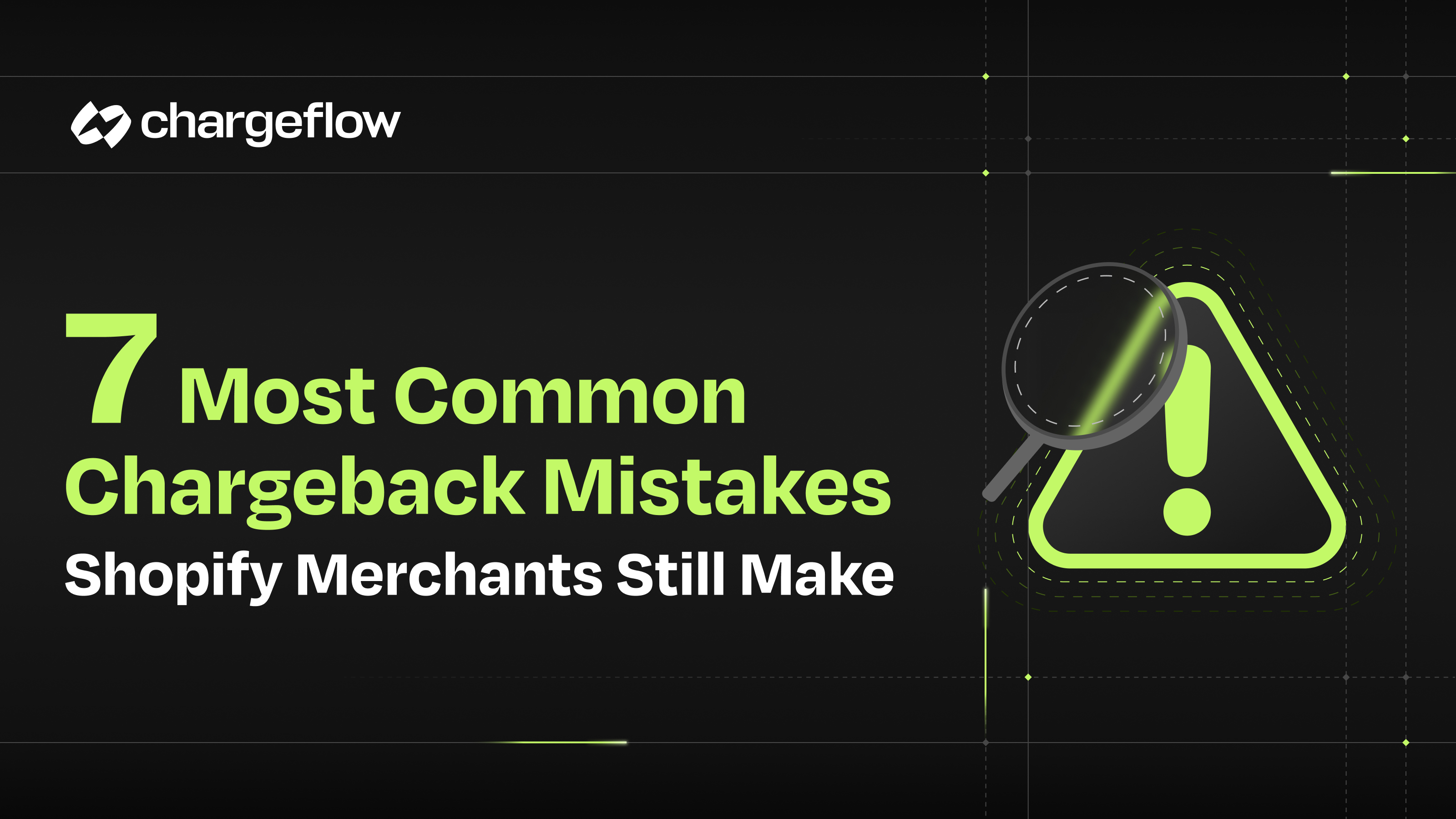How eCommerce Merchants Can Recover Thousands in Lost Sales

Chargebacks?
No longer your problem.
Recover 4x more chargebacks and prevent up to 90% of incoming ones, powered by AI and a global network of 15,000 merchants.
Struggling with lost sales? Learn the top reasons for revenue leaks and proven strategies to recover abandoned carts, build trust, and boost conversions.
Losing sales and not sure why?
The reason can be anything: broken links, cart abandonment, poor follow-up, or site speed issues. And in many cases, lost sales also happen when revenue is drained by disputes or friendly fraud — areas where tools like Chargeflow help merchants recover more.
Failure to meet user expectations can result in lost sales and revenue.
The good news is, you can transform a significant chunk of that revenue into profitable wins.
In this blog, we’ll understand the common reasons behind lost sales, strategies to recover losses, and how to measure recovery success.
Understanding Where Sales Are Lost
Baymard Institute reports that the cart abandonment rate has spiked to 70.19% in 2025. This means that of every 100 customers, 70 leave without purchasing. These are lost sales that add up to the lost revenue and affect profitability.
Sales teams often wonder where they are losing sales; the answer lies in weak customer journey management. In each stage of the customer journey, from initial discovery and product browsing to cart addition and final checkout, every missed step is a missed opportunity.
When businesses fail to optimize these touchpoints, they create friction that quietly pushes shoppers away.
So let’s understand the key areas where sales are lost.
Cart Abandonment
Cart abandonment is the primary source of lost sales, which can happen due to various reasons like insufficient payment options, expensive shipping, or unclear price breakdown.
While most eCommerce merchants face cart abandonment, the most common causes include:
- Unexpected costs: Shipping charges, hidden taxes, and additional fees appearing at checkout frustrate users.
- Long checkout process: Customers hate an overly complicated checkout process that asks for irrelevant information.
- Account creation: Forcing customers to create an account instead of offering a guest checkout hinders smooth operations and increases abandonment rates.
All this contributes to the obstacles customers face during checkout, which compels them to reconsider their purchasing decision. Users are often ready to buy, but unexpected costs, time-consuming steps, or privacy concerns force them to leave.
Website and User Experience Issues
An unoptimized, slow-loading website is a big red flag that customers run away from. As users, they want a smooth experience requiring little to no assistance.
The key factors of an unsatisfying user experience include:
- Mobile unfriendliness: If your site isn’t optimized for mobile, users will find it hard to navigate or complete purchases, leading to lost conversions and a poor brand image.
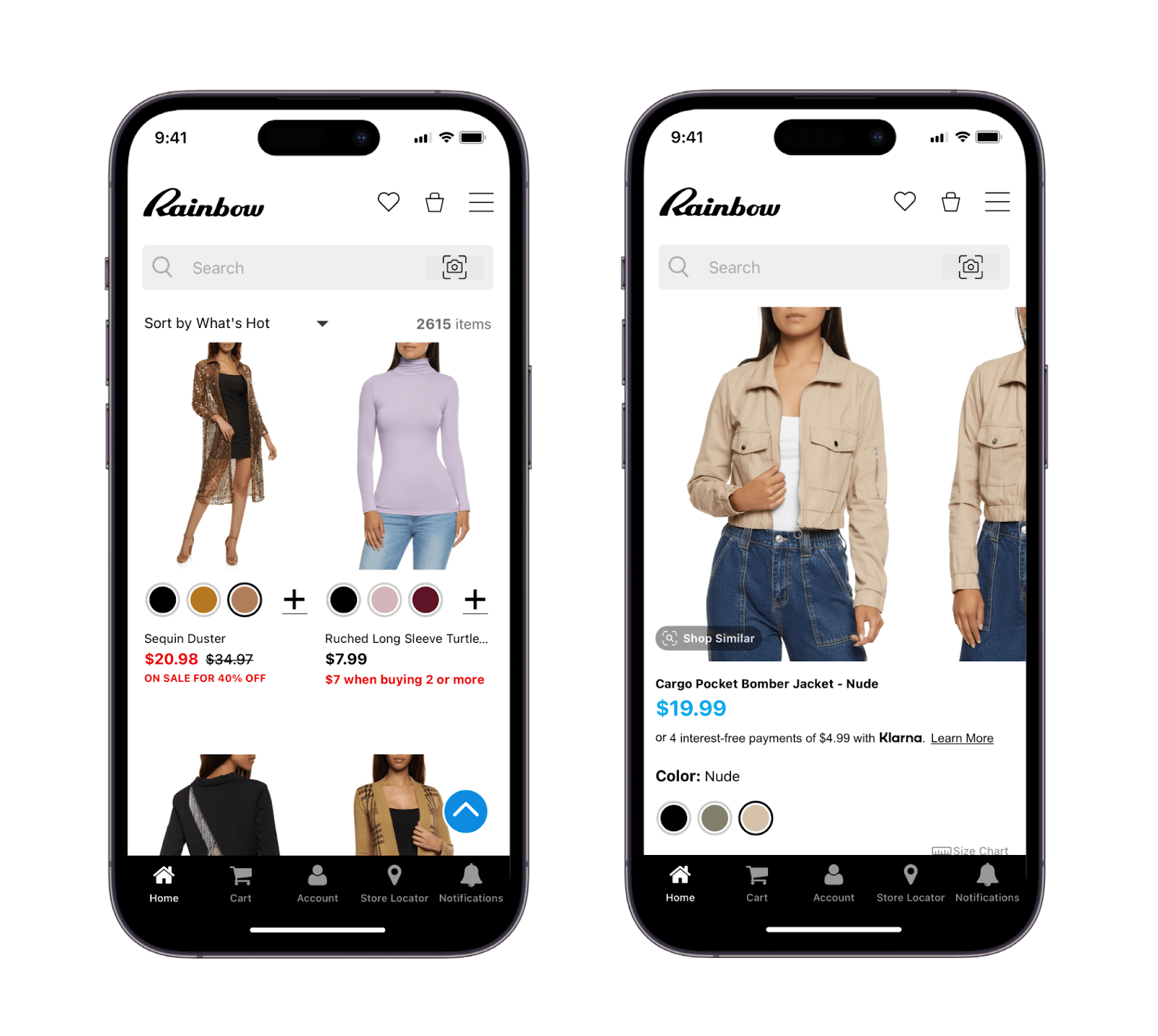
- Poor design: Inconsistent layouts, cluttered on-page content, and hidden menu bars make the interface less appealing and kill users’ interest.
- Confusing navigation: Unclear navigation bars make it hard to find the desired resources and reduce a user’s motivation to proceed further.
- Slow load times: A slight delay in loading a particular page drives users away and increases bounce rates.
For example, if a load time increases from 1 second to 3 seconds, the bounce rate increases by 32%.
Lack of Trust
Trust is a major factor in e-commerce that encourages customers to make repeat purchases. If your website has a weak trust pillar, it’s likely to lose sales frequently.
Let’s see why this happens:
- No reviews: A lack of customer feedback makes shoppers wary, as reviews provide reassurance and credibility. Research shows 92% of consumers hesitate to buy if they don’t see any reviews.
- Vague policies: Undefined return, shipping, and privacy policies trigger perceived risks and drive away customers from making any purchases. Detailed policies keep both parties on the same page and ensure a smooth workflow.
- No contact info: When contact information (such as an email address, phone number, or live chat option) isn’t easily visible, customers doubt the store’s legitimacy and accessibility to customer support.
When your store excels at building trust, it receives organic traffic by boosting conversion rates and brand loyalty. Credible stores encourage repeat orders and organic marketing through word of mouth.
Out-of-Stock or Product Availability Issues
Poor stock management plays a significant role in lowering sales and reputation. Think of it this way: if you're out of stock, even your most loyal customers might head to your competitors to make their purchase.
Poor inventory management reduces a store’s reliability and harms long-term customer relationships.
Weak Follow-Up or Nurturing Strategy
Not engaging with visitors is the biggest mistake you can ever make. You always have a second chance to turn visitors into paying customers. Without nurturing, customers are less likely to return, reducing their overall value to your business.
eCommerce businesses that do not have a strong re-engagement strategy, like sending abandoned cart emails, launching retargeting ads, or win-back campaigns, often miss potential sales opportunities.
How to Recover Lost Sales: Strategies That Work
Challenges like cart abandonment and website issues are common in e-commerce stores, but how you tackle them makes you different.
Top sales executives recover lost sales with proven strategies and safeguard the revenue stream.
Some even leverage an AI voice generator to deliver natural-sounding follow-up messages and re-engage potential leads. These AI tools generate professional voiceovers using the customer’s name, purchase behavior, and tone preference.
Here’s how you can recover lost sales:
Recover Abandoned Carts With Automation
Abandoned cart emails are an underrated gem that works like a charm. The best practices include:
- Email sequences: Leverage automation to send regulated follow-ups and reminders. Send the first email after 2 hours of cart abandonment, the second email after 24-48 hours, and the third email after 4-5 days. These email sequences must have these elements:
- First email: Product images, prices, and a clear call-to-action
- Second email: Discount and incentives
- Third email: Product recommendations and resources, like a newsletter
- Create urgency: Craft catchy subject lines like “Limited time discount’ and “Going out of stock”. This will create urgency and prompt customers to return and complete their purchase.
- Exit-intent popups: Re-engage users when they are about to leave your website. A classic example is “Leaving already?” popups.

For example, if you start a t-shirt business, advertising a 15% discount on an exit-intent pop-up can boost recovery rates by up to 30%.
Retarget Visitors Using Ads
Visitors who just browse and leave can become paying customers if retargeted through ads strategically. The key steps include:
- Ads retargeting: The two common methods to launch an ad campaign are:
Facebook Pixel

The Meta Pixel monitors users’ actions and retargets them with personalized ads. These ads are targeted across multiple platforms like Facebook, Messenger, and Instagram.
Google Ads
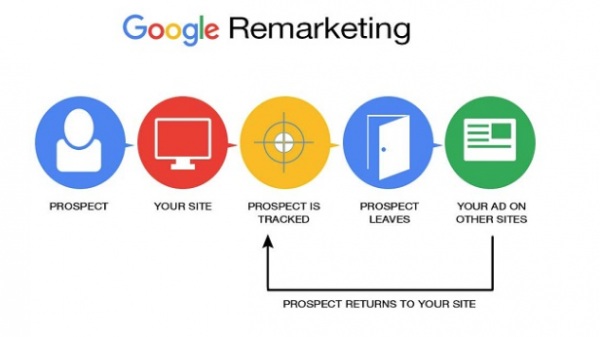
The Ads manager leverages the Google Analytics integration to launch retargeting ads across the Google Display Network, YouTube, Gmail, and Google Search. This engages users with a high purchase intent.
Use dynamic product ads that automatically display the exact items shoppers viewed or added to their cart to increase relevance and conversion.
- Customized creatives: Creatives featuring headlines like “Still interested?” compel users to revisit a store. For precise targeting, segment the audience based on their browsing history and enhance personalization.
Improve Checkout Experience
A positive checkout experience reduces friction and lowers cart abandonment. You can improve the checkout experience in the following ways:
- Mobile-optimized interface: Statista reports that by 2028, 63% of revenue will be generated from mobile e-commerce. Optimize your e-commerce store for mobile devices to reduce friction in the user experience.
- Guest checkout: Don’t force customers to create an account. Offer guest checkouts where they simply complete their purchase and leave.
- Payment options: Offer various payment methods (credit cards, PayPal, Apple Pay, etc.) to cater to different preferences and reduce drop-off due to unavailable options.
Use Live Chat and Human Follow-Up to Recover Sales
Today’s ecommerce shoppers expect quick, reliable support. Offering real-time help can reduce friction and prevent potential lost sales.
- Live chat: Add on-site live chat so customers can get answers to common questions — from shipping times to return policies — right when they need them.
- AI or automated chat: Use simple AI chatbots to handle basic FAQs and guide customers toward completing purchases.
- Human follow-up: If a customer engages with chat but doesn’t convert, follow up with a personalized email or outreach. Having a human step in at the right time can recover sales that might otherwise be lost.
Enhance Trust Elements
Building trust helps convert first-time visitors into loyal customers. Make sure your store builds credibility by:
- Featuring customer reviews and product ratings
- Displaying trust badges and privacy icons clearly during checkout
- Publishing transparent, easy-to-understand return, shipping, and privacy policies
Fix Inventory and Stock Management
Avoid frustrating shoppers with out-of-stock surprises. Good inventory management helps you capture demand:
- Enable stock alerts so customers can sign up for back-in-stock notifications.
- Offer pre-orders for popular items.
- Use inventory management tools to maintain stock accuracy and avoid missed sales.
You can use this in scenarios where customers are eagerly waiting for fashion trends and are ready to pre-order.
Leverage Analytics to Find Drop-Off Points
It is important to understand why sales are being lost. Use analytics to identify weak points:
- Behavioral analytics: Tools like Google Analytics and Hotjar show customer drop-off.
- A/B testing: Test different layouts, CTAs, or offers to improve conversion.
Re-Engage Cold Leads
Don’t ignore past customers or leads that haven’t been engaged in a while. Bring them back:
- Segment your audience by last purchase date, last visit, etc.
- Email sequences: “We Miss You!” → “10% Off” → “Final Offer
- Referral programs: Reward loyal customers for referrals with discounts or loyalty points.
Tracking Your Recovery Success
Many merchants get stuck tracking vanity metrics. Focus on what matters:
The key metrics to measure success are:
- Cart recovery rate: Percentage of abandoned carts converted into complete purchases.
- Bounce rates: Percentage of visitors who leave after browsing one page.
- Customer Lifetime Value (CLV): Total revenue expected from a customer throughout their tenure.
- Recovered sales revenue: Total revenue generated from customers who returned after leaving a store.
Tools to Use
Modern tools excel at tracking recovery success. You can use the following tools for the same:
1. Klaviyo
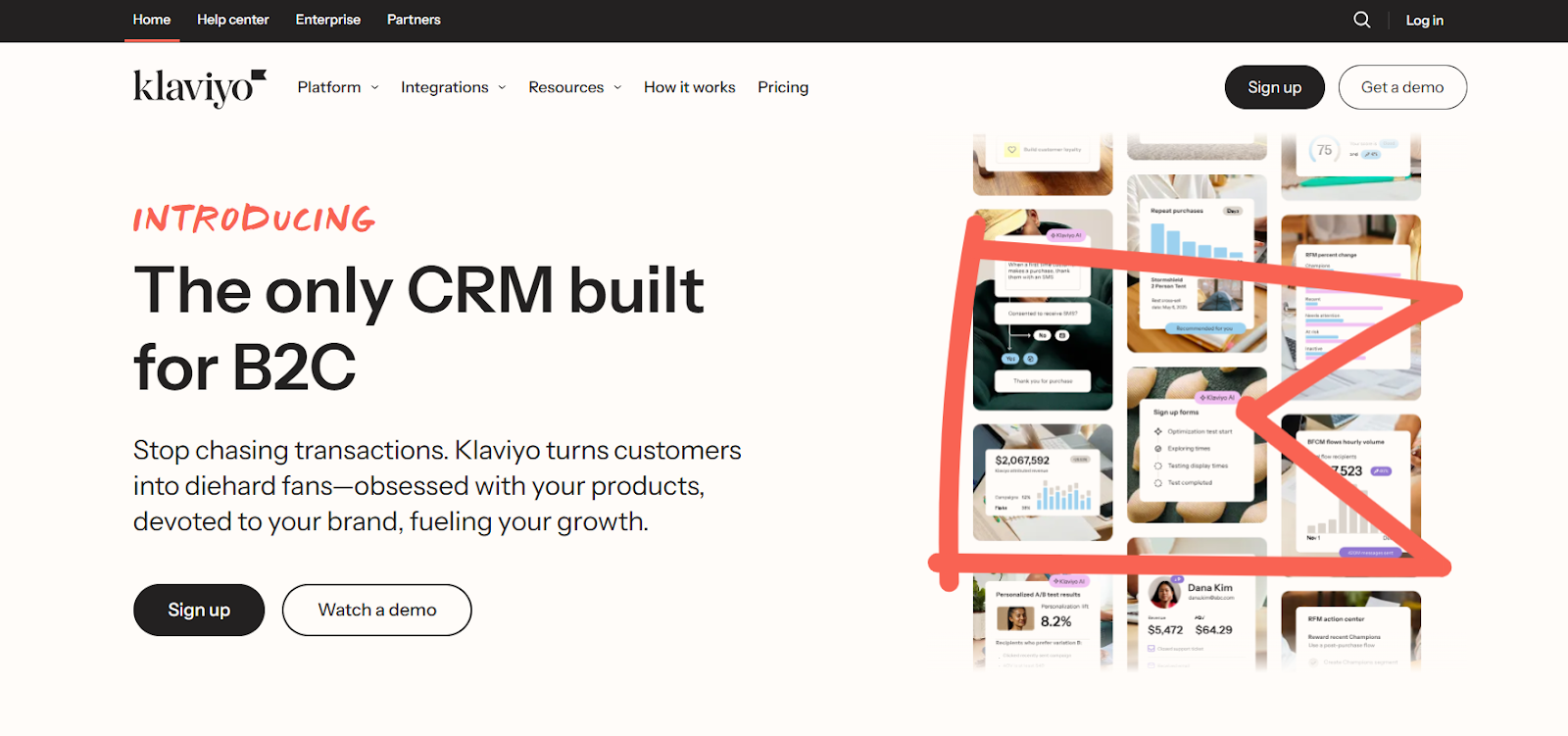
Purpose: Advanced email and SMS automation for abandoned cart recovery, win-back campaigns, and customer segmentation.
Why use it: Tracks open rates, click rates, recovered revenue, and automates personalized follow-ups.
2. ReConvert
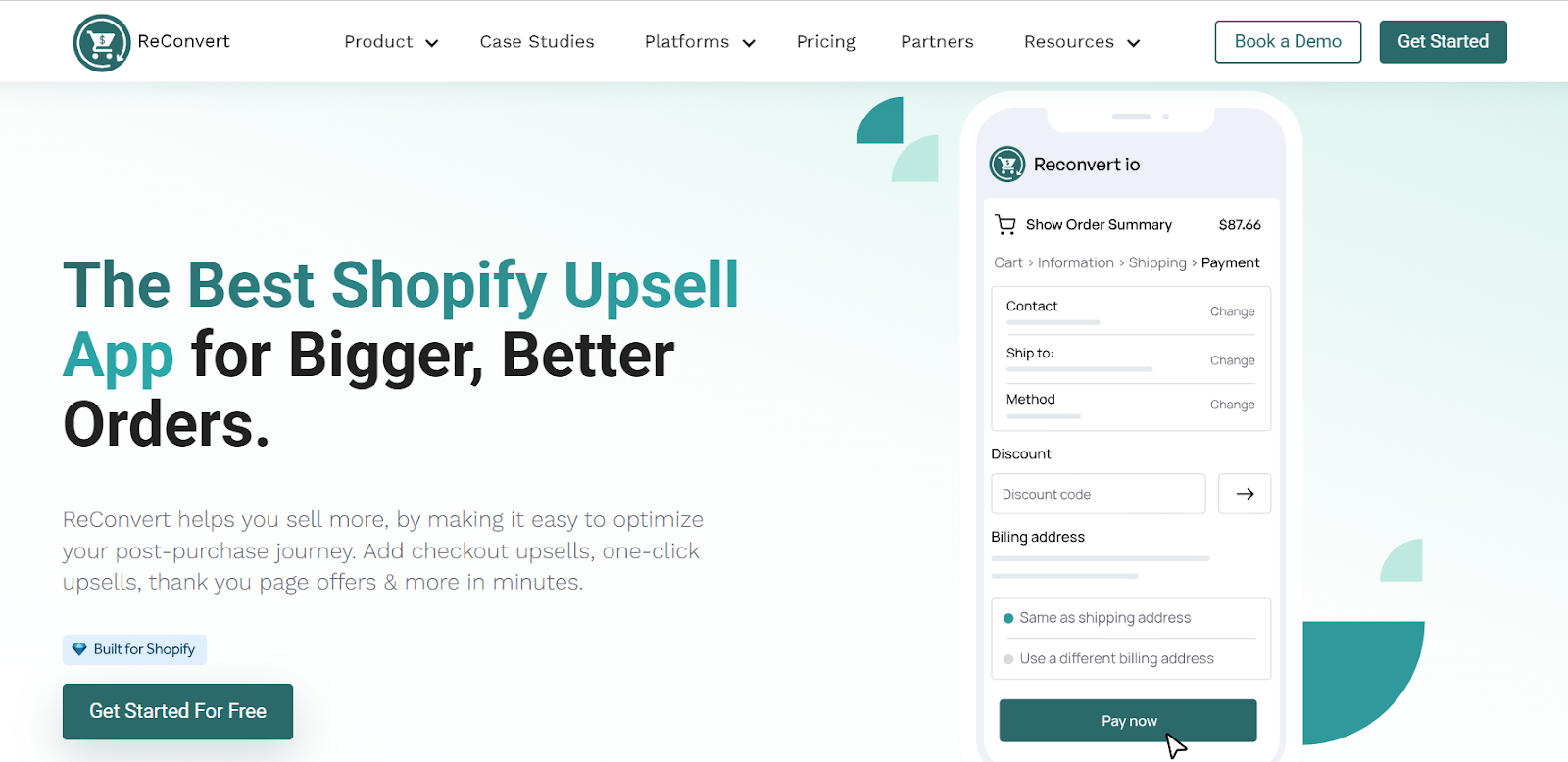
Purpose: Post-purchase upselling and thank you page optimization for Shopify stores.
Why use it: Measures upsell conversions, increases CLV, and provides analytics on recovered and incremental sales.
3. OptiMonk
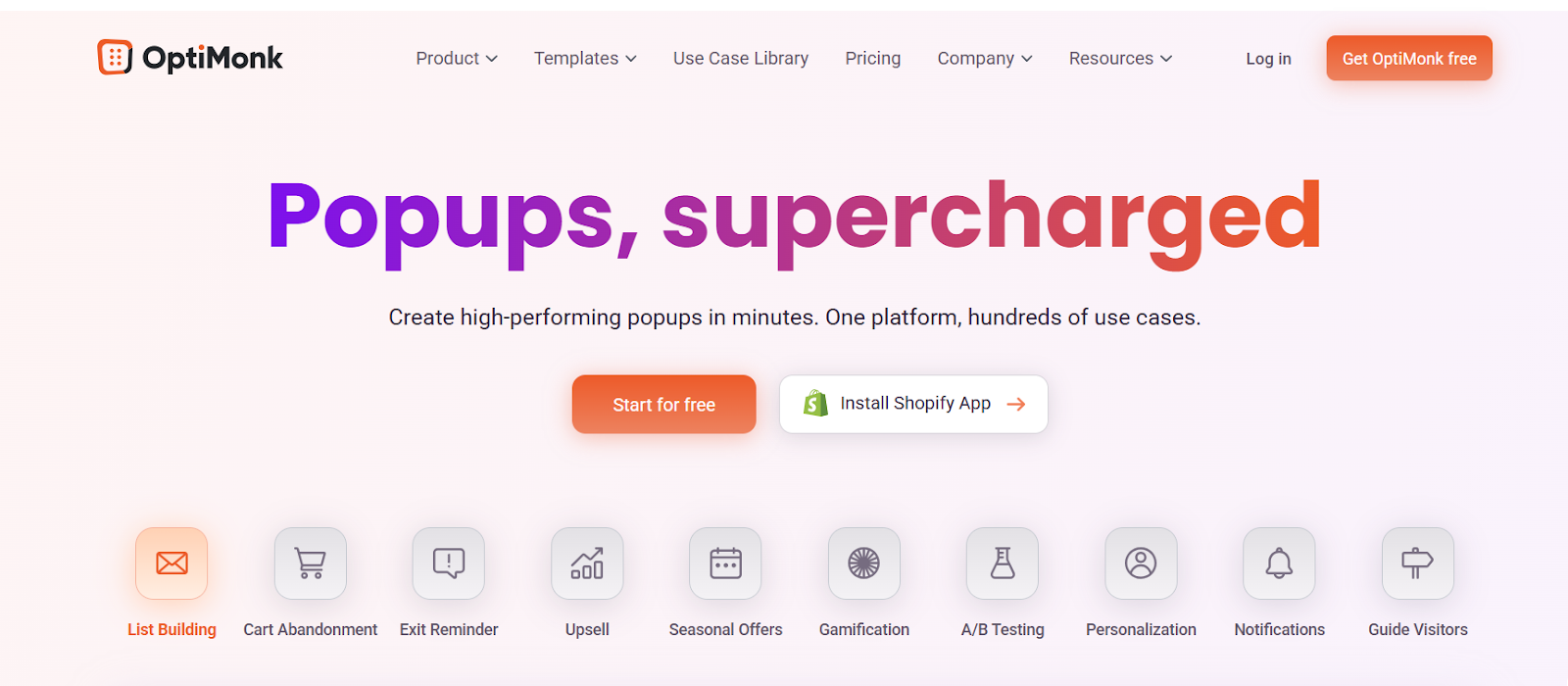
Purpose: On-site messaging, exit-intent popups, and personalized offers.
Why use it: Tracks popup conversion rates, helps reduce bounce, and recovers abandoned visitors.
4. Google Analytics
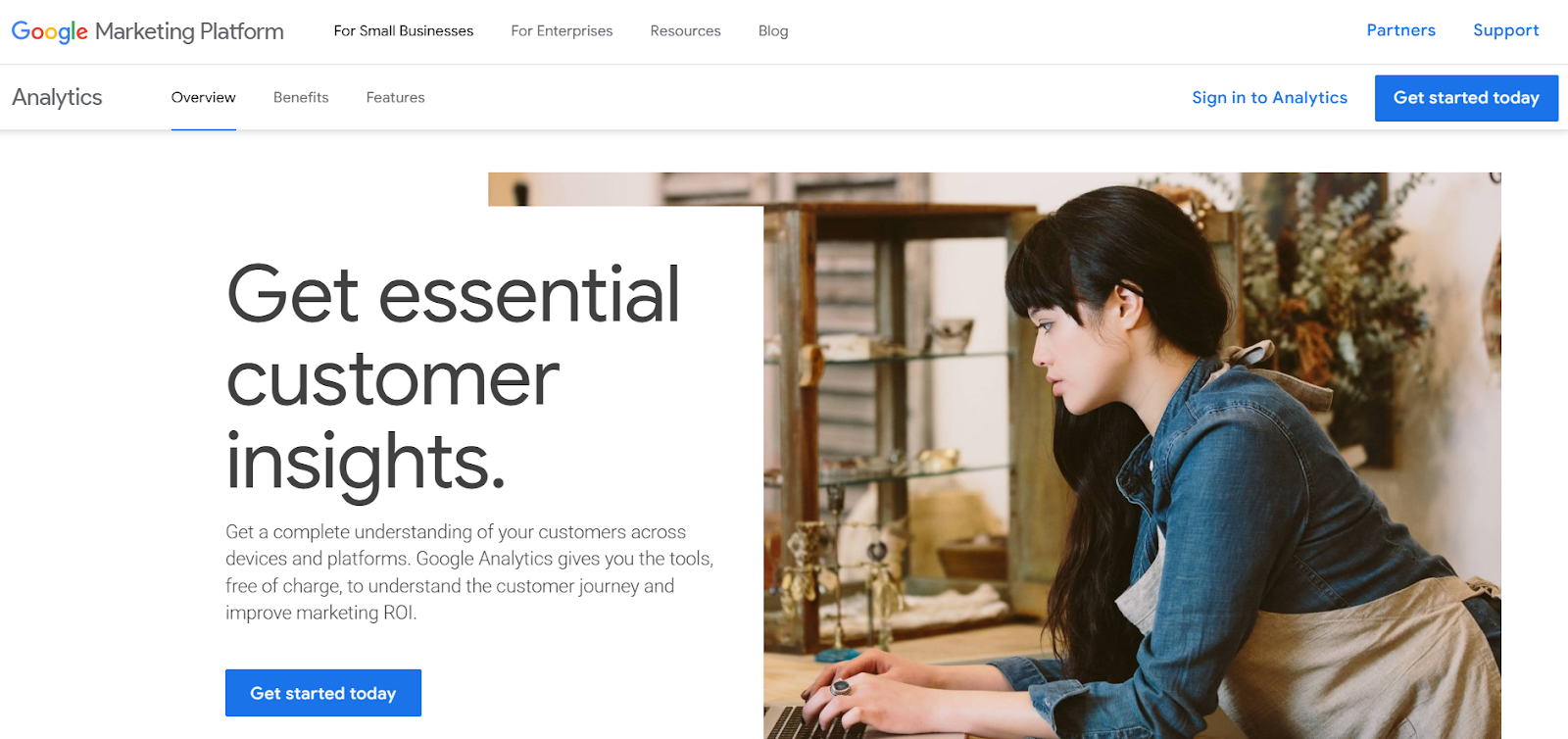
Purpose: Comprehensive website analytics, including user behavior, funnel visualization, and conversion tracking.
Why use it: Identifies drop-off points, monitors bounce rate, tracks conversion paths, and measures revenue from specific campaigns.
Turn Missed Opportunity Into Revenue
Today, eCommerce merchants today don’t suffer from a lack of demand — they suffer from funnel leaks, friction, and revenue loss.
Issues like cart abandonment, poor user experience, weak follow-up, and stock availability all contribute to lost sales. But with the right strategies — from improving checkout flow to re-engaging cold leads — merchants can recover a significant portion of that revenue.
The tools in this post help optimize conversions, but to fully protect your revenue, it’s also critical to monitor chargeback rates and fight friendly fraud. That’s where solutions like Chargeflow come in — helping you not only recover sales, but ensure that what you earn stays earned.
Want to turn more lost sales into revenue? Don’t wait — start testing and improving today.

Chargebacks?
No longer your problem.
Recover 4x more chargebacks and prevent up to 90% of incoming ones, powered by AI and a global network of 15,000 merchants.




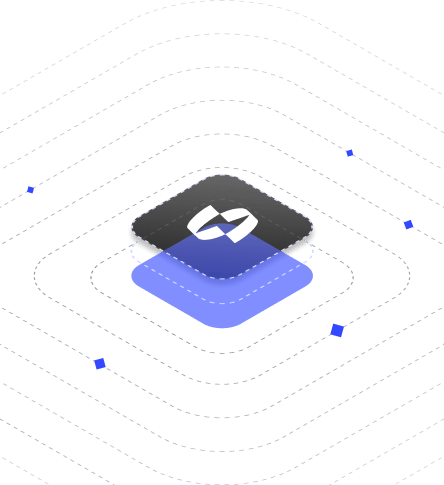

























.png)

